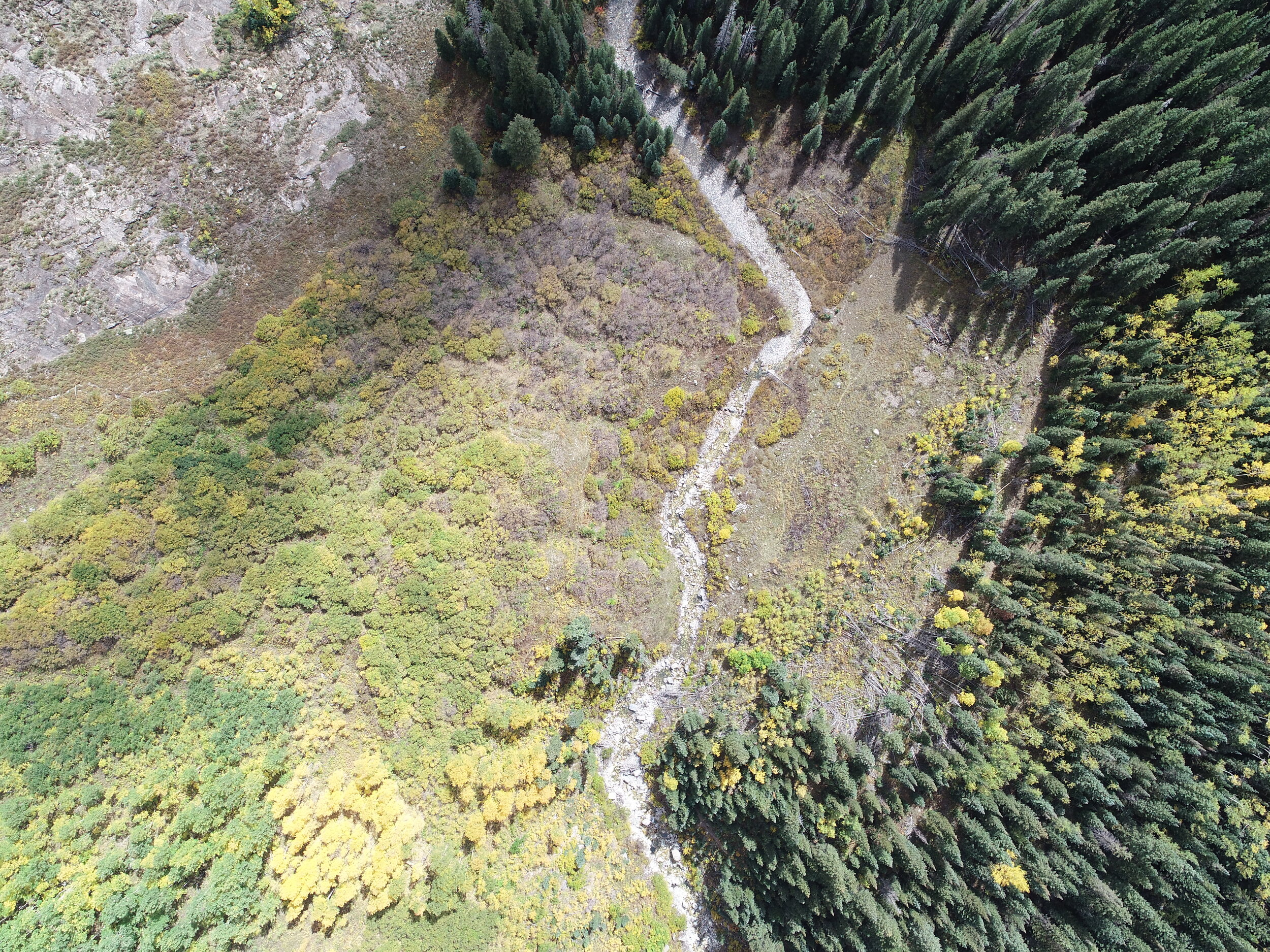
Engineering Services
We are experienced mining engineers and geologists with diversified backgrounds. By collaborating we address the heart of the problem in the most efficient manner possible. Our history working with a diverse set of engineering designs, as well as the construction and/or implementation of said designs, provides us the ability to evaluate long term performance. From this, we create a process and designs that are practical, innovative, and functional seamlessly. This means your structures and plans will be easily permitted and feasibly installed, saving you time and money in the long run.
Pipeline design
Flood control
Dam designs
Reservoir linings
Reclamation bond estimation
Water consumption
Water use calculations or augmentation plans
Mine roof support designs
MSHA compliance
Site layouts
Well permitting
Exploration drilling design and drill hole contracting
Water sampling
These designs include but are not limited to:
Mine water treatment
Surface water transportation and detention systems
Mine waste embankments
Milling and treatment designs
Mine plans
Slope stability evaluations
Road designs
Cut and fill estimation
Pad designs
Ventilation systems
Mine equipment suggestions
Operational planning
Data evaluation
Hydrologic Structures
Our team is proficient at designing, permitting, and constructing hydrologic structures at industrial sites.
Structures we work on include:
Detention ponds for mine sites
Collection drains and diversions
Sediment modeling
Steep erosive channels
Vegetated channels
Culverts
Road drainage systems
Pond lining systems
Large dams
Flood routing of storms through spillway structures
Lewicki and Associates’ knowledge of hydrologic structures and exemplary reputation with state and federal agencies has resulted in consistent design approvals during the permitting process. Additionally, our team supervises quality control work and monitors the construction of dams, piezometer installations, culverts, channel design, and erosion control mitigation. We are proficient with flood routing work in TR-20, TR-55, Sedcad, Hydrocad, and other relevant software programs. Lastly, our team has experience designing lined ponds with various layers and seepage detection for uranium mine water treatment systems and other toxic water storage under new designated mining operations (DMO) regulations in Colorado.
Road and Site Earthwork Design
Road and site earthwork designs with complex volumetric calculations are a specialty of Lewicki and Associates. Our team focuses on ensuring all regulatory parameters are met and all site-specific regulations are adhered to when designing a mine or development plan. We carefully plan and design roads, pads, mine pit areas, stockpiles, and other required on site items and through time as the project progresses. Additionally, we assess the environmental impact these changes have on the surrounding area. Our experiences in permitting complex earthwork designs range across the county and federal agency spectrum. All viewpoints of major significances and concerns are represented through the photo-realistic renderings and site photos we develop. Mountainous areas in particular require careful attention when it comes to road design. We focus on ensuring the required grade, width, and drainage parameters are all met while keeping satisfactory material balances on site for economic reasons.
In addition to earthwork design, our team prepares:
PUD drainage plans
Visual berms
Ditches
Site leveling/volumetric balances
Site drainage plans
Environmental Site Assessment
Lewicki and Associates regularly conducts environmental site assessments on a variety of mine, industrial, and commercial sites. These assessments are primarily commissioned during property transitions. The assessment package provides owners, buyers, sellers, and lenders with valuable information when assessing the environmental and regulatory compliance liabilities that come with each unique property. Environmental site assessments are divided into three phases:
Phase 1 Tasks:
Physical survey of the property and surrounding area to assess general land use and activities.
On-site visual survey to identify recognized environmental issues.
A review of geologic and soil conditions of the site including hydrologic evaluation of the site.
A review of historical on-site and off-site land use.
A review of local, state, and federal regulatory agency records maintained for the site.
Phase 3:
Address the environmental impairments and liabilities using physical and operational mitigation.
Phase 2:
Quantitative measurements are taken from areas of environmental concern.
Analysis of results confirms environmental impairments and liabilities.
Projections of remediation costs and activities are estimated.
Reclamation Design and Management
Our team has a rich and diverse background working in every stage of the reclamation design and management process. Ranging from reclamation planning and permitting, to site reclamation contracting and supervision, to reclamation monitoring and bond release, our team helps our clients through every step of the process. This experience means that we know the process from start to finish. Lewicki and Associates has received reclamation awards from the Colorado Division of Reclamation, Mining and Safety (DRMS) for excellent reclamation at three coal mine sites. Members of Lewicki and Associates regularly conduct presentations at mining conferences on the topic of achieving successful full bond release.
Reclamation work includes the design, permitting, construction, and monitoring of the following items:
Uranium mine reclamation planning and bonding
Reclamation cost estimates
Water sampling and evaluation
Floodplain evaluations using HEC/RAS
Bond calculations
Inflow/outflow structures
Metal mine tailings pond design, construction, and reclamation
Metal mine tailings facility design and reclamation
Permanent water treatment chemistry and probable hydrologic impacts
Backfilling and grading
Stream diversions and restoration
Topsoil suitability and replacement
Sedimentation ponds
NPDES permit compliance and abandonment
Hydrologic features such as dams, spillways, culverts, drains and channels
Revegetation plans
Wetland re-establishment
Slope stability and modeling
Probable hydrologic impacts
Site Planning
The beginning steps of planning a project can be overwhelming to some, but our team has experience in every stage of site planning and development and are perfectly suited to help pave the way for a smooth project. Starting from the exploration stage, we provide expert advice on the necessary steps your project must undergo to reach long-term goals. Because we are more than just design engineers, our surface and underground mining background gives us a complete understanding of complex mining scenarios to help you not only create practical, efficient, and successful mining designs, but also implement them. We are familiar with the necessary steps and actions that are required for permit approval and for site compliance at the county, state, and federal levels.
Mine Design
Our technical background and experience with surface and underground mine designs aids in supporting the longevity, efficiency and profitability of projects. Our design proficiency and software packages are combined to construct creative and detailed layouts that address the needs of our clients. After conducting accurate feasibility studies, we focus our efforts on creating mine designs that navigate the unique challenges present at each site to create and end result of completely customized designs.
Renewables
With demand for renewable energy sources becoming more popular, our team strives to provide projects with sustainable solutions in the mining industry. The benefit of using renewables often includes lower costs, risk, and environmental damage. The most common renewables used by mining are solar, wind, and hydroelectric power. The mining industry is notoriously energy intensive and, as finite resources become increasingly costly and scarce, it is important for projects to adapt to renewable solutions to remain ahead of the curve and compliant with changing regulatory standards.










